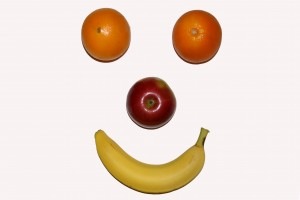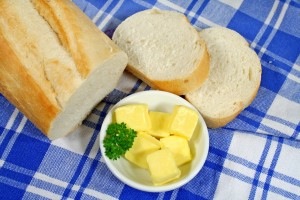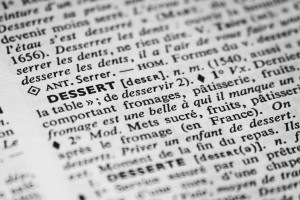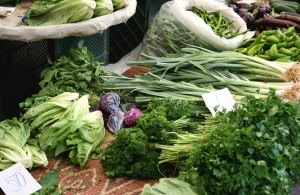Batter Up
Baseball season is in full swing. If you’re going to be at a game – major league, minor league, or little league – it’s become almost a habit to chow down on the food being hawked by vendors or purchased from the food court.
Listed below are examples of some snacks and drinks common to baseball games. You might be surprised at the calories in some of your favorites.
SocialDieter Tip:
To avoid the caloric onslaught you can:
- Choose your food wisely
- Avoid eating every inning
- Bring some of your own snacks with you
- Drink water or non-caloric drinks
- Eat and/or drink “lite” versions (just be aware that some reduced or fat free foods have just as many calories as full fat varieties – fat has been replaced with sugars
Game Time Food and Drinks
Beer
Bottle of Budweiser: 144 calories, 12.8 carbs, 4.7% alcohol
Can of Bud Lite: 110 calories, 6.6 carbs, 4.2% alcohol
Bottle of Miller Lite: 96 calories, 3.2 carbs, 4.2% alcohol
Bottle of Miller MGD 64: 64 calories, 2.4 carbs, 2.8% alcohol
Non-alcoholic Drinks
Snapple Orangeade (16 oz): 200 calories, 52g sugars
San Pelligrino Limonata (11.15 fl oz can): 1
41 calories, 32g sugars
Perrier Citron Lemon Lime (22 oz bottle): 0 calories
Vitamin Water Focus Kiwi-Strawberry (20 oz bottle): 125 calories, 32.5g sugars
Hint Blackberry (16 oz bottle): 0 calories
Can of Coke (12 oz): 140 calories, 39g sugars
Bottle of 7Up (12 oz): 150 calories, 38g sugars
Gatorade G Orange (12 oz bottle): 80 calories, 21g sugars
Root beef float (large, 32 oz): 640 calories, 10g fat
Water (as much as you want): 0 calories
Snack Food
Fritos (28g, about 32 chips): 160 calories, 10g fat
Ruffles potato chips (28g, 12 chips): 160 calories, 10g fat
Rold Gold Pretzel sticks (28g, 48 pretzels): 100 calories, 0g fat
Smartfood White Cheddar Popcorn (28g, 1 ¾ cups): 160 calories, 10g fat
Cracker Jack (28g, ½ cup): 120 calories, 2g fat, 15g sugars
Curly fries (7 oz) 620 calories, 30g fat
Kettle corn (31/2 cups): 245 calories, 6g fat
Candy
Raisinets (1/4 cup): 190 calories, 8g fat, 27g sugars
Peanut m&m’s (about ¼ cup): 220 calories, 11g fat, 22g sugars
Snickers (1bar, 59g): 280 calories, 14g fat, 30g sugars
Large cotton candy: 170 calories, 0 fat
Ice Cream
Good Humor Chocolate Éclair (1 bar, 59g): 160 calories, 8g fat, 11g sugars
Fudgsicle Fudge Bar (1 bar, 64g): 100 calories, 2.5g fat, 13g sugars
Klondike The Original (1 sandwich, 81g): 250 calories, 17g fat, 18g sugars
Planter’s Dry Roasted Peanuts (1oz): 170 calories, 14g fat, 2g sugars
Blue Diamond Almonds (1oz): 170 calories, 14g fat 0 sugars
Planter’s Nut & Chocolate Trail Mix (1oz): 160 calories, 10g fat, 13g sugars




